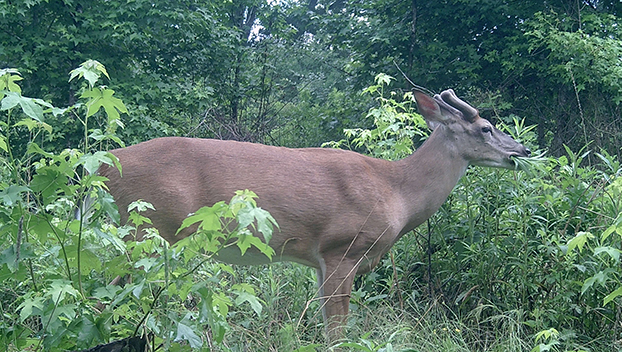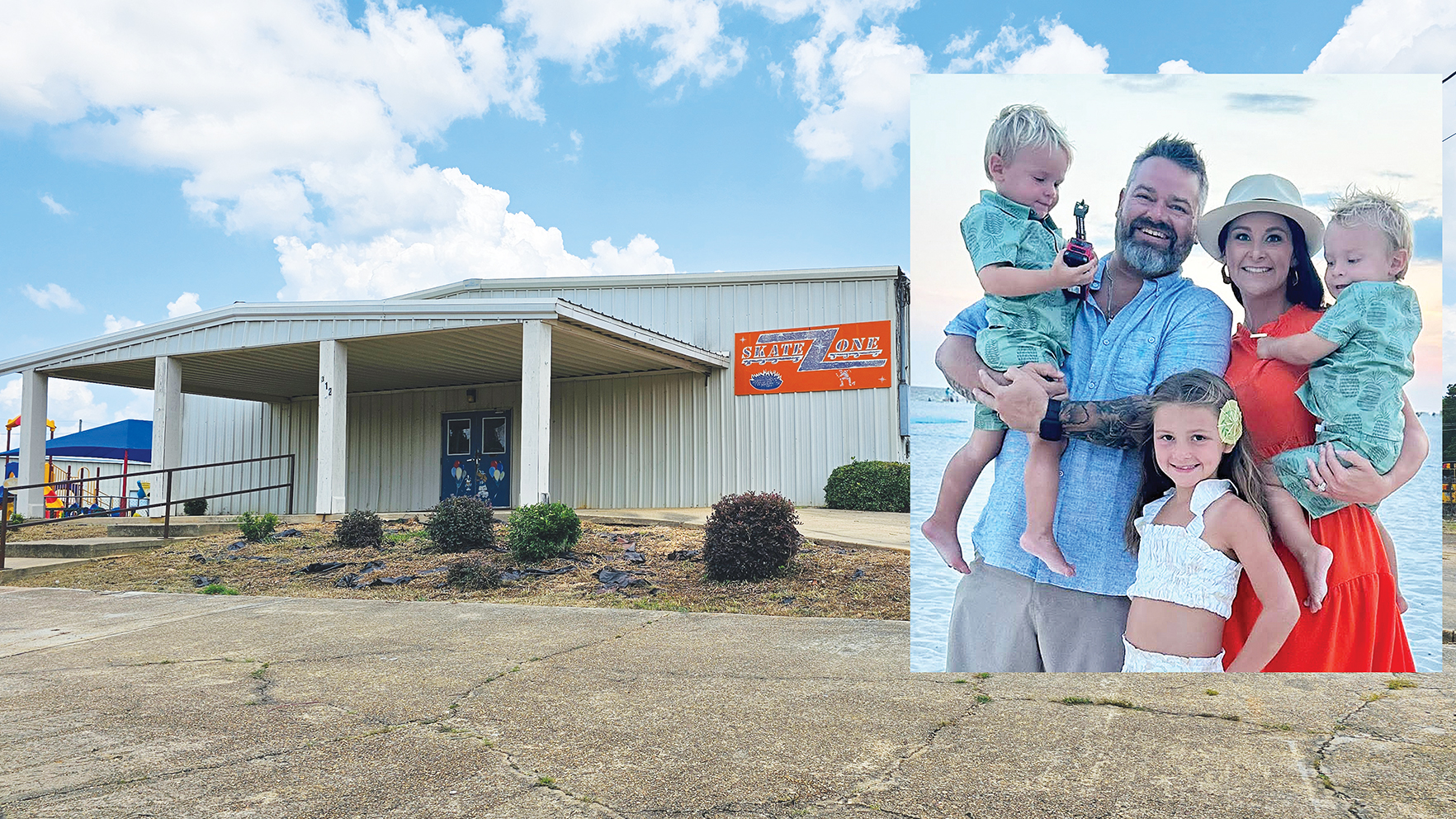Tackle habitat, deer needs in heat
Published 7:00 am Friday, June 21, 2024

- A buck in velvet munches on some golden rod in an old field. Late summer can be a nutritionally tough time for deer and the summer offers challenges for habitat work with intense heat but it is much needed. (Hunter Cloud | The Daily Leader)
BROOKHAVEN — National Weather Service in Jackson warns of dangerous heat conditions Sunday through Tuesday. Summer is here and it is the most influential time for deer nutritional needs.
Sunday’s temperatures will reach highs in the upper 90s and heat indices will be around 105. Fatigue and heat exhaustion is possible with prolonged outdoor activity. Monday and Tuesday could see temperatures reach the upper 90s with heat indices between 105 and 110 degrees. Heat exhaustion would be likely with prolonged outdoor activity.
While you can’t quite escape the heat and get needed habitat work done, you can work smarter. The NWS advises people to stay hydrated, avoid strenuous outdoor activities and take frequent breaks.
Trending
One way to beat the heat and meet habitat management objectives to create needed forbs, browse, mineral stumps and supplemental food plots is to start work earlier in the day, work in the evening or work in the shade. Management is crucial right now to ensure bucks have the nutrition they need to grow bigger, stronger and better antlers while does and fawns have enough food to be healthy going into the winter.
Nutritional demand
Mississippi State University’s Deer Lab reports bucks need to take in an average of 16 percent protein from spring through summer to achieve “optimal antler growth.”
Minerals are also important as bucks need calcium and phosphorus for antler growth but many get these minerals from mobilization. Calcium and phosphorus are mobilized from skeletal sites such as rib bones during mobilization and used in antler production.
Proper management of habitat to promote forbs and browse helps provide minerals needed to grow antlers but food plots will add icing to the cake. Disturbance through disking or fire can promote early successional plant communities with plenty of good food for deer to eat in perennials and other broadleaf plants.
Thinning of the midstory can help get sunlight to the forest floor to promote growth and produce mineral stumps as shoots of the tree try to regrow. Prescribed fire is one way to thin the mid-story this time of year as top killed trees will resprout.
Trending
A chainsaw or ax is another tool used to open up the midstory and provide nutrition. Working in a shaded forest or creek bottom can be a great way to beat the heat and meet your objectives. Trees, including less desirable species like elms or hickories to deer, will re-sprout when cut and those sprouts contain more nutrition as trees invest more resources to get back up in the canopy. It becomes important later in summer as vegetation begins to become woody for the onset of autumn to spark regrowth and renewed nutrition.
Chemical disturbance through a herbicide application is one way to tackle management options but usually it is best to wait until plants start to send resources back to the root system.
Velvet growing prcoess
Velvet nubs are starting to be more visible on the heads of male white-tailed deer. Bucks typically shed their antlers by February and March and technically the growing cycle starts three weeks after shedding.
Antler growth is slow in April and May but by June and July growing rates spike with a noticeable difference especially in older bucks. Beam length can be increased by 2 inches each week from June to July and by September the antler becomes hardened and the velvet is rubbed off by bucks.





